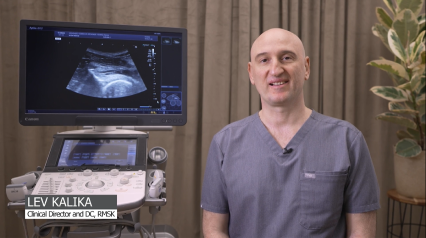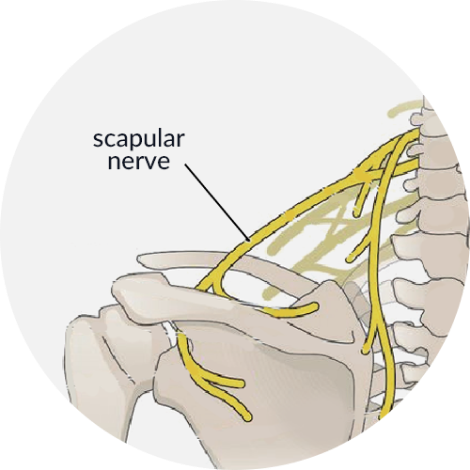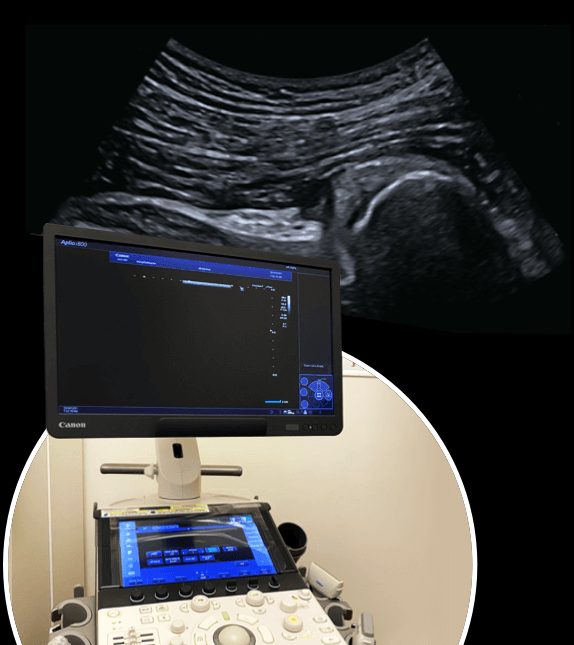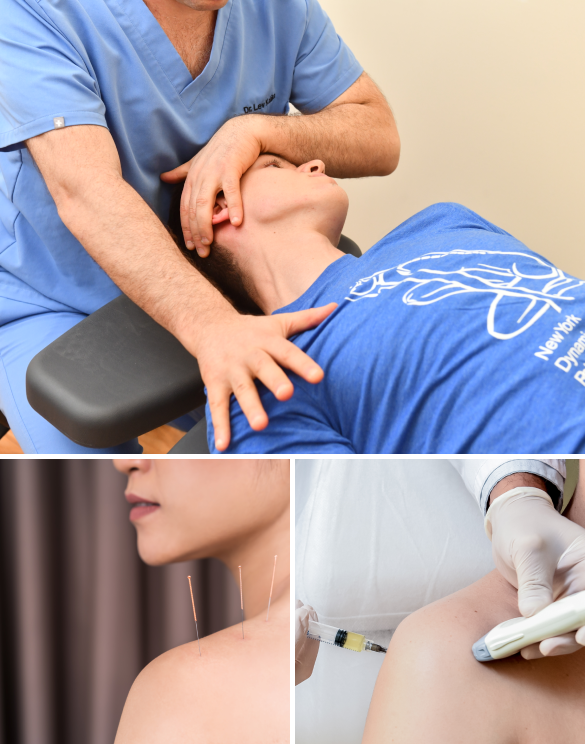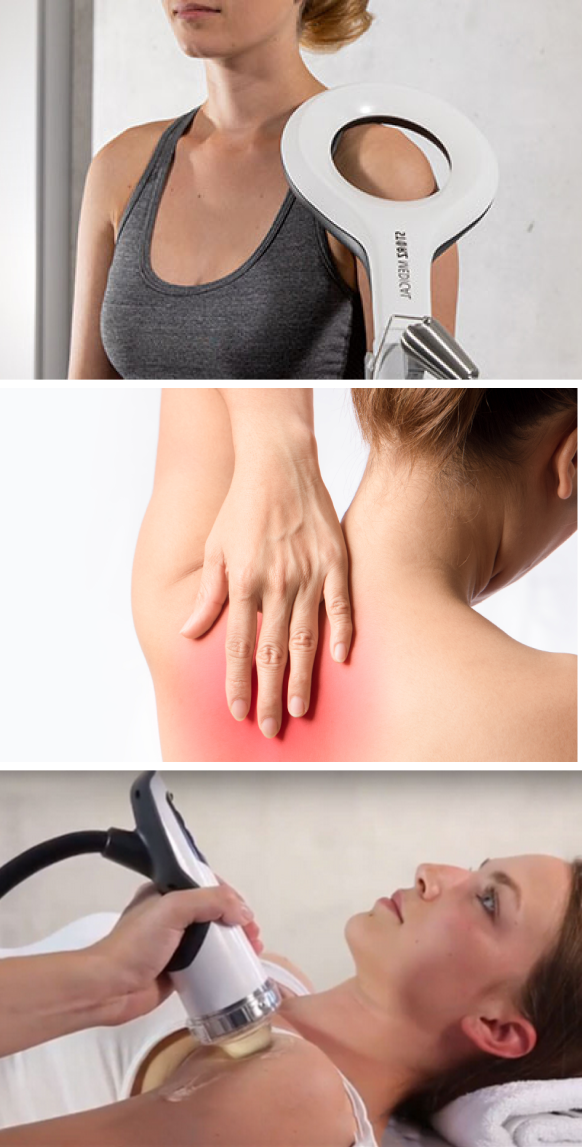Regenerative pulse therapies tap into your body’s own innate healing mechanisms to stimulate the progenesis of new cells. Structural damage to the tendons, fascia, nerves and muscles cannot be reversed with physical therapy alone, and patients can sometimes undergo months of physical therapy without making any progress, as pain and structurally degraded tissue cannot regain its function.
Once degenerative changes occur or chronic inflammation sets in, your body may need a jump-start to halt and reverse the degenerative cascade. In much the same way that your body begins to heal a wound with an intricate physiological response, a similar process is set in motion in musculoskeletal tissues in response to regenerative pulse therapies.
The following tips will help you avoid lateral epicondylitis:
Extracorporeal Shock Wave Therapy (ESWT)
Extracorporeal shockwave therapy (ESWT) transmits a series of low-energy acoustic waves to the patient’s skin via a hand-held transducer, with a topical gel as a medium. It is completely non-invasive, and does not require anesthesia or pain medications. Shockwaves trigger the body’s innate healing mechanisms, to stimulate tissue repair and reduce pain. Many patients report significant pain reduction after a single treatment session. According to research, shockwave therapy is considered the gold standard in regenerative medicine.
Extracorporeal Magnetic Transduction Therapy (EMTT)
Electromagnetic transduction therapy (EMTT) uses pulsed electromagnetic fields to halt the degenerative cascade of damaged tissues and promote cellular progenesis. EMTT is non-invasive, delivering electromagnetic waves to the targeted tissues from a device located outside the body. EMTT treatment is comfortable, safe and effective, with no negative side effects. When used in conjunction with ESWT, this new technology works to reduce pain and inflammation and accelerate the healing process.


